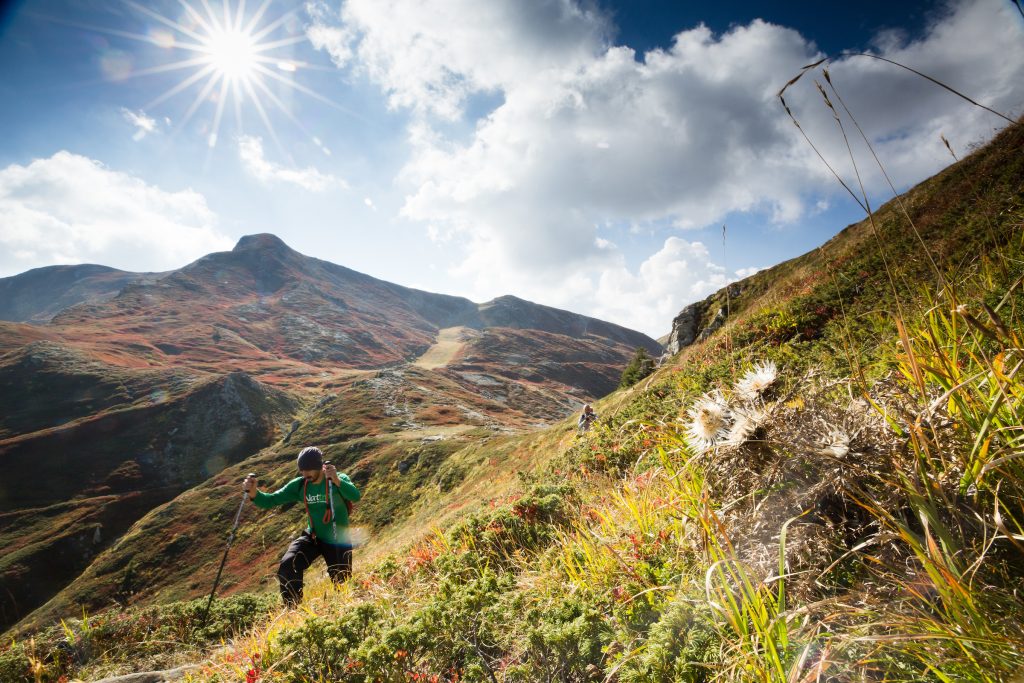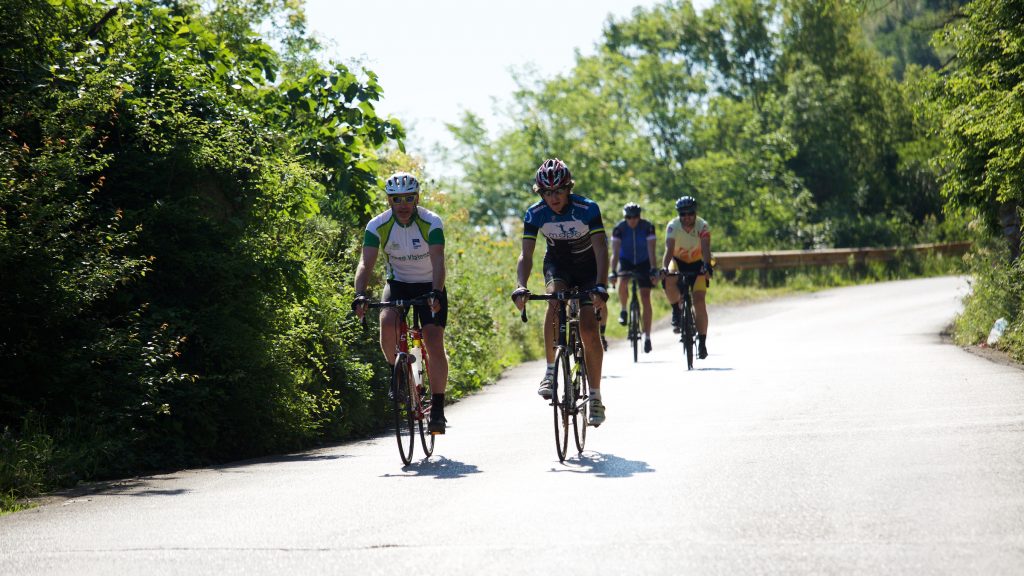When it launched in 2010, Pinterest immediately acquired a reputation as a social platform for women interested in making their own birthday cards and organizing closets by color. But with 250 million monthly active users as of September 2018, Pinterest has proven its value particularly as a discovery tool for an evolving and powerful niche market within the travel industry. Over the last few weeks, the company released its Pinterest 2019 trends report and traveler personas, both of which offer valuable information for adventure travel destinations and companies hoping to maximize their Pinterest presence.
Noteworthy Pinterest Demographics
Though it’s been around for nearly a decade, Pinterest may be mystifying for those not active on it. This visual social network is essentially a web-based inspiration board, allowing its users (“pinners”) to save and sort images (“pins”) they find around the web or on other users’ boards to create their own organized, virtual bulletin boards.

Every pin links back to the original source, so Pinterest is an excellent source for referral traffic. This is made even more ideal by the fact that these virtual inspiration boards serve as more than a place for storing lovely web images. According to SproutSocial, 93 percent of active pinners said they use Pinterest to plan for purchases. Additionally, 40 percent of users have a household income of $100,000 USD.
It’s also worth noting Pinterest is the second most popular social network among baby boomers, and the site has historically skewed female, but this is changing. Half of millennials use Pinterest at least once a month, 86 percent of whom say they turn to the platform when planning life’s big moments like weddings and vacations. This demographic includes a growing number of millennial men. According to an October 2018 eMarketer article, senior forecasting analyst Chris Bendtsen said he anticipates Pinterest’s user base will soon be 70 percent female and 30 percent male.
For those in the travel industry, additional information provides increased insight into potential customers and clients. According to Pinterest, 69 percent of travel pinners use the site to discover travel services when making booking decisions, and 76 percent of travelers who search on Pinterest make a purchase after seeing brand content on the platform. Needless to say, there’s a lot of opportunity to capitalize on this user base that is ready and willing to act on a picture-perfect travel experience.
Pinterest Travel Personas and Trends
In publishing its Pinterest traveler personas, the company notes the type of travel experiences specific users seek and how to target these people. It suggests developing creative imagery and using keywords that align the personas’ values and interests, though it is unclear whether the suggested keywords Pinterest provides are, in fact, top keyword searches on the site.

The travel personas are:
- The Group Vacationer, who values time spent with friends, family, and other travelers. Use keywords that consider this group aspect, such as “road trip ideas for kids” or “girls trip ideas.”
- The Culture Chaser, who values learning about local culture and history. Use keywords that specifically mention a destination, such as “Lake District England” and “things to do in Chicago.”
- The Spa Sojourner, who values rest and relaxation. Use keywords reflecting wellness and personally gratifying activities, such as “yoga retreat” and “Sonoma wineries.”
- The Adventure Lover, who values being active. Use keywords that embody the essence of adventure travel, such as “wanderlust” and “explore.”
- The Eating Explorer, who values food and dining experiences. Use keywords that tie a destination to the culinary scene, such as “New Orleans food” and “street food.”
- Destinations and attractions along popular bus routes, take note: Bus travel recently started gaining traction.
- Aligned with an uptick in wellness-related travel, hot springs — both in high-end resorts and in the wilderness — pique users’ interest.
- From Game of Thrones to The Crown, travelers seek destinations with a royal flair. Searches for “abandoned castles” are up 142 percent.
- Everyone wants a patch of sand to call their own, based on a the trending search term “less traveled islands,” which is up 179 percent over the previous year.
- People also want to get away from the big cities. “Small town travel,” a new trending search, is up 276 percent.
- Bike tours continue to be popular — a perfect opportunity to show off trail routes, itinerary activities, and gear.
- Travelers seek the unexpected, and they’re searching for “surprise destination” for inspiration on where to go next.
- Eco-friendly travel is increasing in popularity, and “zero waste travel” indicates travelers seek sustainable ideas, destinations, and activities.
- Destinations that look fabulous in fall need to capitalize on their captivating colors.
- As for specific destinations, Rio de Janeiro, Brazil, is still popular coming off the 2016 Summer Olympics.
Pinterest thrives on imagery, making it a perfect platform for the travel industry. Like any social site, however, getting the best results requires a bit of effort.
The company notes the best pins are visually compelling, tell a good story, and entice people to learn more. Choose high-quality, vertical images with a 2:3 aspect ratio that appropriately and accurately represent the brand or destination. Include the company logo subtly on every pin, but avoid placing it in the lower right corner. Additionally, overlaying text on an image can help provide context.
Choosing the perfect image is the first piece of the puzzle, but it’s also important to optimize the posting. Write a description for every pin using relevant keywords, complete sentences, and a relevant call to action, but avoid keyword stuffing. Hashtags are used as a search function on Pinterest, so choose appropriately. Also, remember to take advantage of seasonal trends and interests; Pinterest recommends posting season-specific content 30-45 days in advance.
Keep in mind people click pins to get more information. Pins can link to any website, so choose a landing page that is a natural progression of the user’s thought process and purchasing journey. For example, if a pin features a particular destination, lead pinners to a web page with itineraries highlighting that destination.
Like all efforts to reach potential clients, create a Pinterest strategy from the target audience’s perspective. What questions do they have? Where do they dream of going? What do they want to do? And how can they turn that two-dimensional photographic dream into a three-dimensional adventure travel reality?
